Many solar light sets sold in stores or online have an on/off switch. Considering that they run on their own and get their energy from the sun’s UV rays, this seems like it would be pointless. This begs the question: why is there an on/off switch on solar lights?
Solar lights have an on/off switch, so you can manually turn them on and off when needed. Solar lights turn on and off automatically with the help of a light sensor, but you might be in a case where you need to turn it on during the day or turn it off during the night if you are traveling for a long period.
However, you should know that not all solar lights include a power switch. This is a feature that most people choose when they buy them. But it depends on the person’s needs and how they plan to put the lights to use. Now let’s find exactly why this switch might be helpful and in what cases it should be used.
Why do Solar Lights Come with an ON/OFF Switch?
Solar lights automatically charge their batteries and switch on and off the bulbs based on information from an inbuilt sensor. They can take care of themselves rather well.
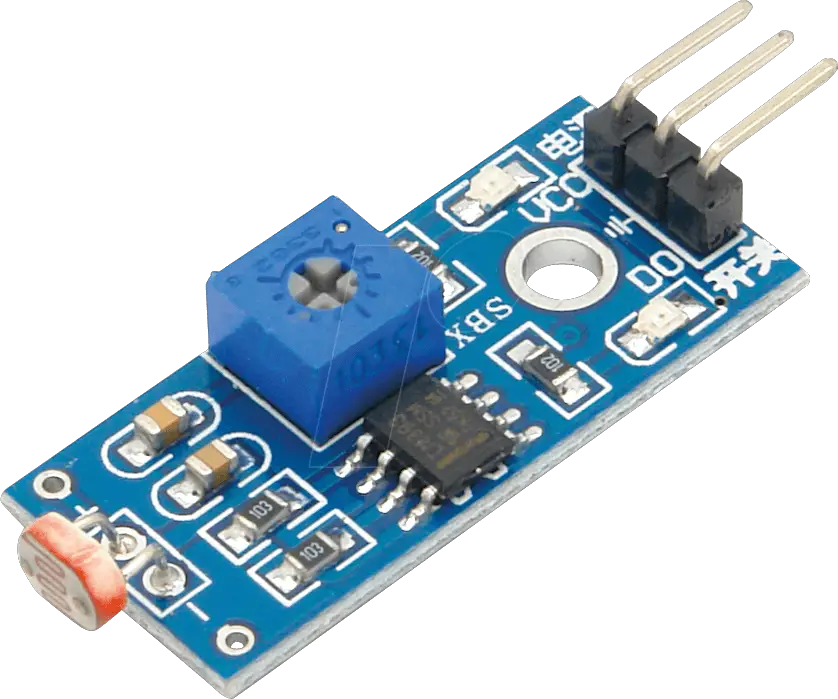
Solar-powered lights are a practical, low-cost option. The low price and ease of usage make them popular purchases. They are versatile and may be used in various settings, including inside the house, as a garden or landscape lighting, or both. They can function without electricity and with minimal control.
The lights shut off when the sun comes out, and the batteries begin charging automatically. After sunset, they turn on their lights. Solar lights contain built-in sensors that turn them on and off at the appropriate times.
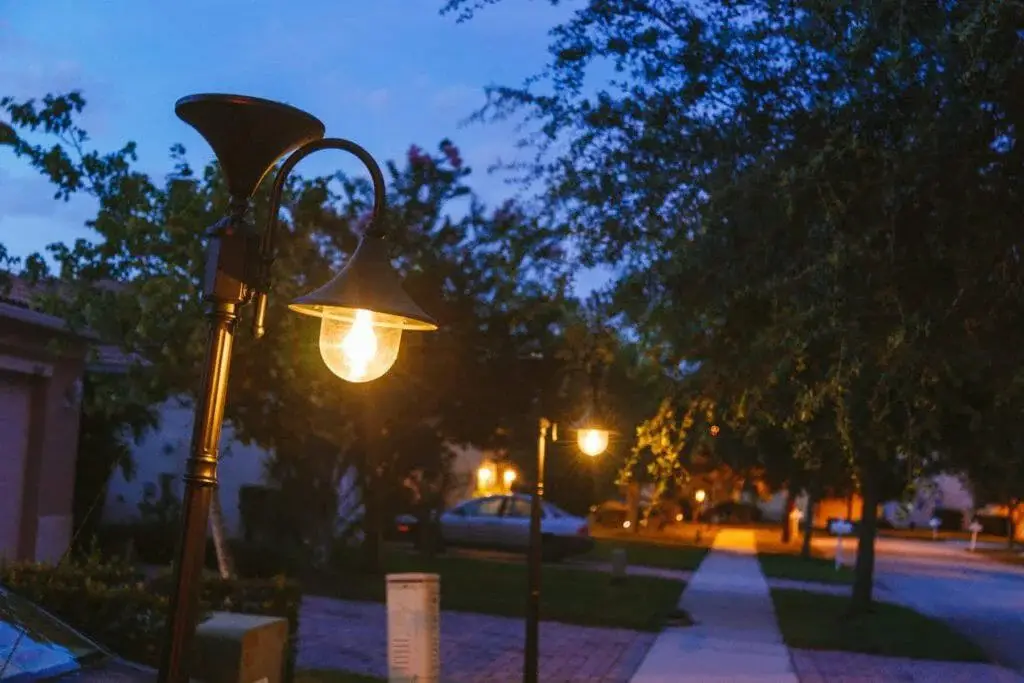
However, the vast majority of modern solar lights also have a manual on/off switch. There are several nice advantages to this. Turning off your solar lights may be necessary to prevent harm to them. In the following part, I’ll discuss several factors that sometimes make switching on/off your solar lights important.
Reasons to use the ON/OFF switch in solar light
Some solar light types have an on/off switch for a variety of reasons. The primary goal is to provide the customer with additional options and customization.
Reasons to switch the solar light OFF
It may be helpful to switch off the lights under the following circumstances:
- Imagine it’s cloudy, and your solar lights didn’t get enough sunshine to charge. In such a circumstance, switching off any solar-powered lights may be necessary since doing so will prevent the battery from being permanently damaged.
- In order to clean the lights or the panel, turning them off is a perfect idea.
- Turning the switch off is necessary if you intend to move your solar lights. If they detect darkness while they’re in transit, they’ll switch on automatically.
- In certain cases, conserving batteries for later usage is a smart idea. For this, you’ll need to turn the light off. This is crucial in situations with little sunlight.
Reasons to switch the solar light ON
It may be helpful to switch on the lights under the following circumstances:
- You need to inspect a damaged solar light. In this case, you will need to have a manual switch to check it. By this, you will not have to wait until the night to find out if it is working!
- You might need to have the light on during the day. Maybe it is cloudy that day, or you want more light just for decorative reasons.
One very useful situation for the on/off switch in solar lights is resetting the light. This is when the light stops working properly.
How to Reset a Solar Light?
Is something wrong with your solar-powered yard lights? Turning the power off and then back on again after waiting 30 seconds may help reset them.
This can sometimes help resolve any problems with solar lights. After resetting the solar lights, if they still don’t function, you may need to replace the batteries./
If your solar lights aren’t as bright as they used to be, you can try resetting them. This may occur if the batteries are not exposed to sufficient sunshine.
The solar lights might perform better after being reset since the batteries will have a chance to recharge completely.
Should I Keep the Solar Light Switch ON all the time?
The on/off switch really should be left permanently on. The light may therefore remain on during the day to charge and switch on automatically at night.
If you don’t want the light on all night, you might wish to turn it off manually. However, the battery won’t run down, or anything else will go wrong if you leave the switch in the “on” position.
Only when you’re not going to be using your solar lights for a while or packing them away for a trip should you flip the switch to the “off” position.
The on/off switch should be left in the “on” position for optimal solar lighting performance and consistent light.
Should I keep the solar light switched ON to charge?
Some solar light models need to be turned on for them to charge; however, this is not the case with modern ones. Almost all current designs continue to charge the battery even with the switch turned off. It should thus make no difference whether the switch is on or off.
To be sure, though, you should read the manufacturer’s guidelines carefully. Some models work with the mechanism off, while others need the switch on.
However, the battery may be fully charged over the course of many days with exposure to sunlight if the switch is kept off. Thus, it could be wise to turn them off occasionally to prolong the life of the batteries.
How Do Solar Lights Turn ON and OFF Automatically?
The technology behind a solar-powered lamp is simple. Solar energy is used to power it. It has an integrated LED light that is powered by electricity generated from the sun. Allow me to go into greater depth.
The circuit for solar lights is easy to understand and resembles that of a flashlight. It has a simple loop circuit that links the battery terminals to the LED. The battery terminals and the solar panel are connected through a separate circuit.
There is a motion detector and light sensor within a solar lamp. It activates the LED light source. And it knows when the sun is out, and it’s time to charge the battery. Let’s explain each circuit.
To begin, the voltage input must be high enough for the solar LED light to activate. The standard threshold is 3.5 volts. The solar lighting system has a dual-circuit design. One of them is continually feeding power to the light bulb. The assumption here is that current flows through circuit #1 at 1.2 and through circuit #2 at 3.7 volts, with the latter providing sufficient voltage to activate the light.
Circuit #1 Role
When there is sunlight, the solar panel sends current through circuit #1, which is now active and supplies 1.2 volts. The solar battery can be charged with this voltage, but the led won’t light up. This is what happens during the day, the battery is charged, and the light is OFF.
Circuit #1 Role
Now when the sun sets, the solar panel stops sending electricity to circuit #1, and it shuts down due to the voltage drop. Circuit #2 is now turned on. The battery is used to draw current, and it outputs 3.7 volts. The LED light comes on as soon as it rises beyond the minimum threshold.
How To Fix a Solar Light that Stays ON all the time?
There can be an issue with the switch or other components if your solar light starts going on by itself or won’t turn off. To determine if you can repair it yourself, do the following before contacting technical support. Any of the following suggestions will often restore the operation of your solar lights.
Check for Dirt
Solar lights that won’t turn off or flicker on and off often have a faulty or dirty sensor. There’s a connection between dirty solar panels and dirty solar light sensors; both must be cleaned. If it’s unclean, cleaning it will likely fix the issue.
The sensor may be broken if the cleaning doesn’t work. It might have been damaged due to wear and tear or a hard hit. If cleaning the sensor doesn’t fix it, you’ll need to replace it. The solar light will not turn on no matter how many times the switch is flipped if the sensor is broken. This is the first place you have to look at.
Damaged Switch
This may sound like an obvious thing, yet some people always manage to forget it. As a result of everyday use and aging, switches in homes frequently fail to function. Similar things can happen with worn-out or overused solar lamps.
Try cycling the power a few times. Turn the switch on and off a few times. Perhaps it’s just a little loose. In most cases, this will resolve the issue.
Recharge the Battery
Check to see if the light is charged. If it isn’t completely charged, do not use it until you have done so. Depending on how low the battery is, this might take a few hours or up to three days. If the light has been constantly on for a time, turn it off for three days. If it still doesn’t work after leaving it off for a few days, then there might be an issue with the battery if it doesn’t function.
Shaded Area
A solar light can be tricked into thinking it’s nighttime if it’s placed in the shade of a tree or other object. Solar lights must be placed in areas without any overhead cover. Put the solar lamp where it can absorb as much sunlight as possible. Let it sit in the sunshine for a few days. The lamp should be moved if it is not receiving enough air.
Seasonally, you should adjust the placement of the solar light. The sun may be shining brightly now that summer has arrived. However, in the spring or fall, a shift may be necessary.
Conclusion
The primary considerations for whether a solar light should include an on/off switch are preference, usage, and whether or not the manufacturer includes one. They are more likely to be found on security or spotlights than on any kind of purely decorative lighting. However, there are times when this is helpful.
For a nighttime garden party, for instance, you may want to keep them off, so the battery doesn’t drain. It might be gloomy and dark throughout the day, encouraging you to need to use them. But for a charge to be received, the switch itself does not need to be turned on or off.
However, you should always leave them on so that they light as required. Some people are surprised that their solar lights aren’t working since they didn’t realize they had a switch. Therefore, before charging, installing, and utilizing solar light, it is essential to read all of the instructions that come with it.

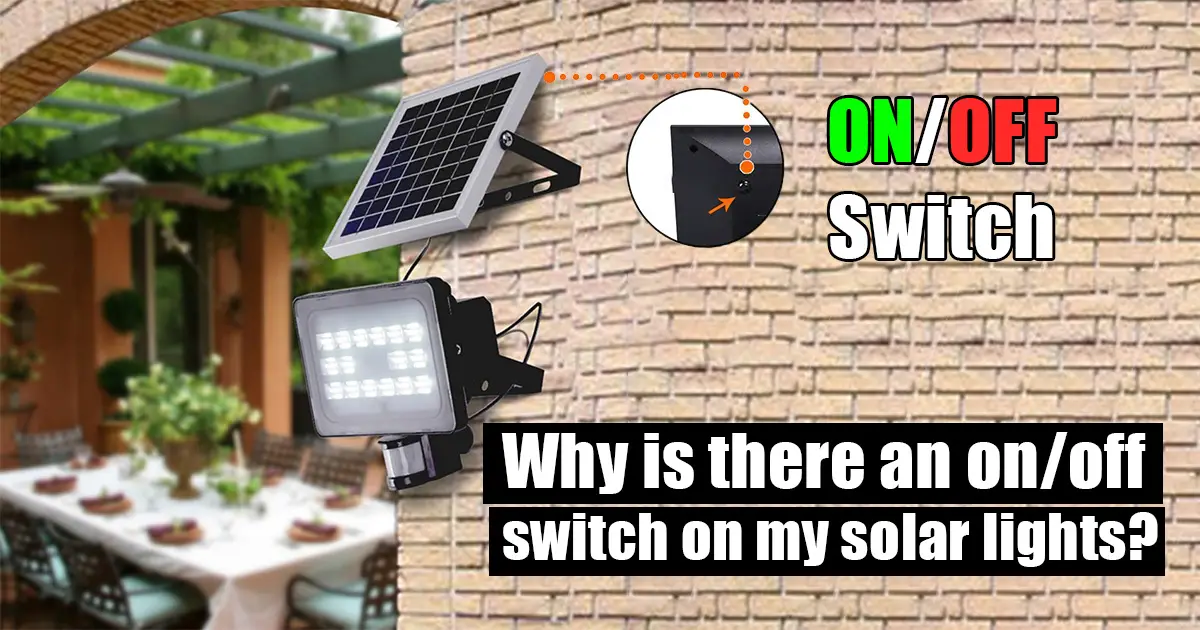
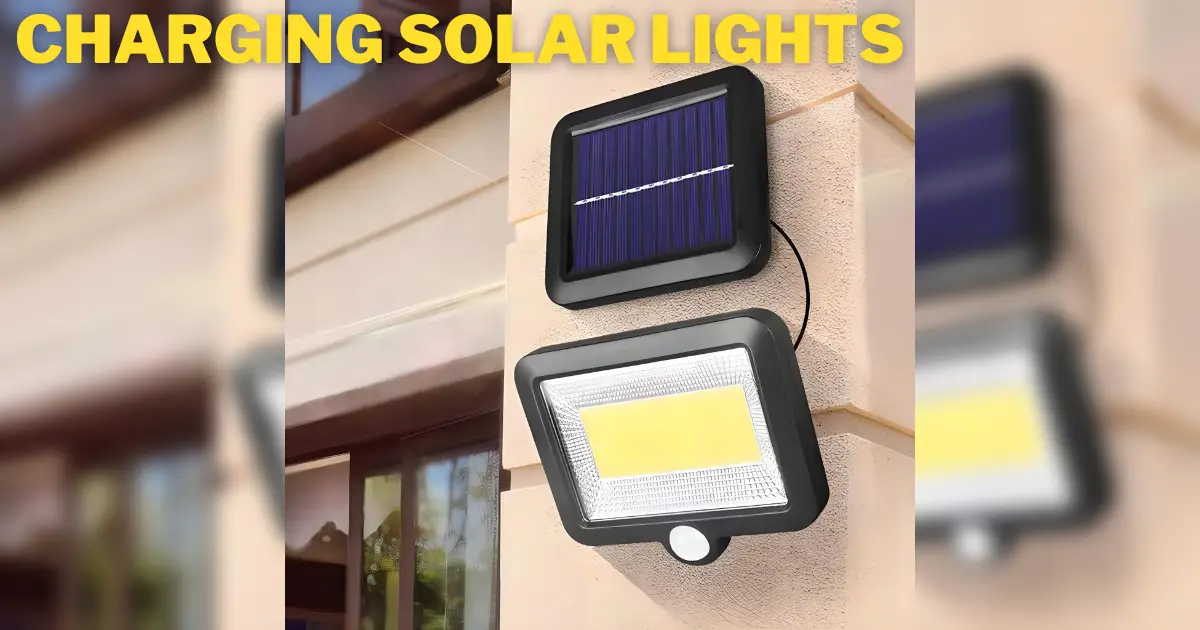
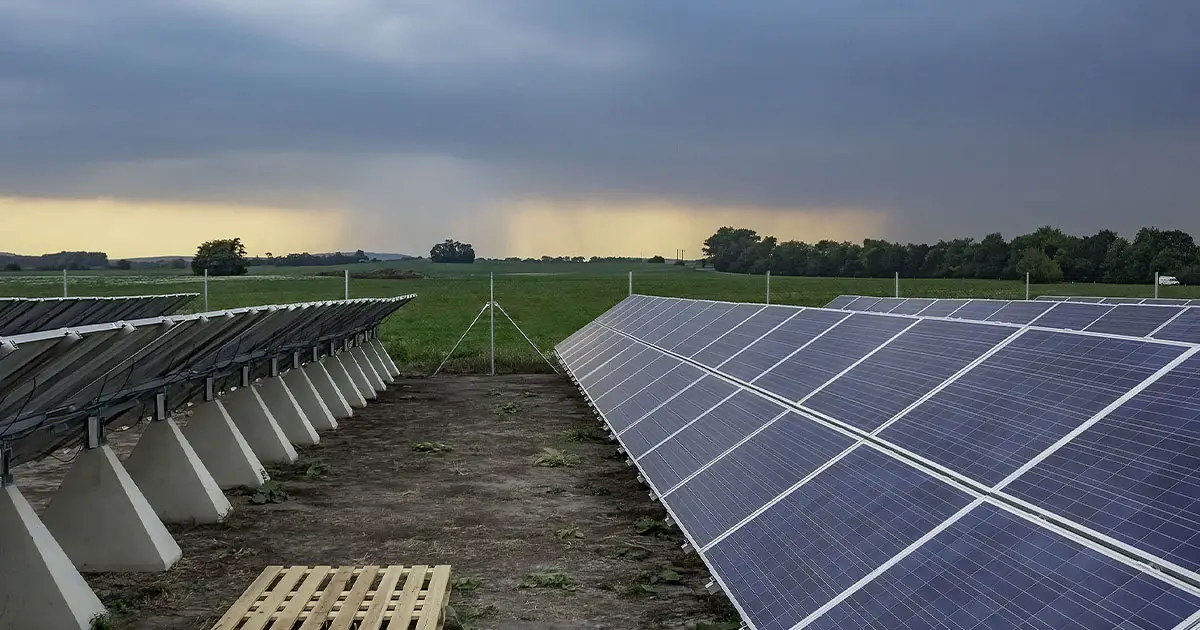
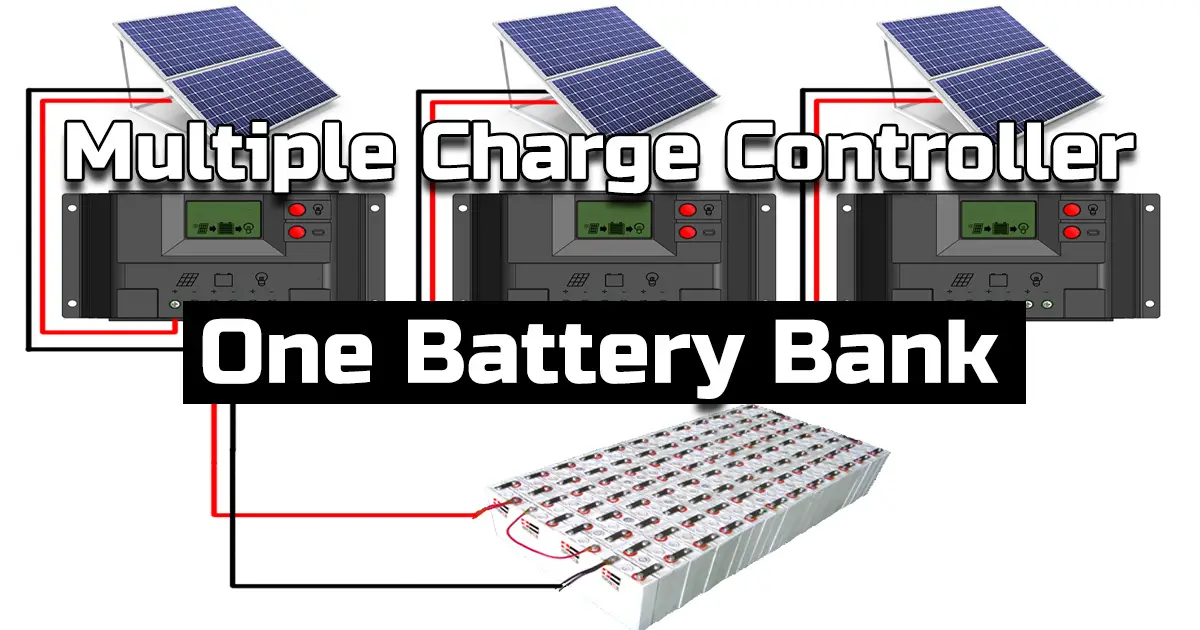
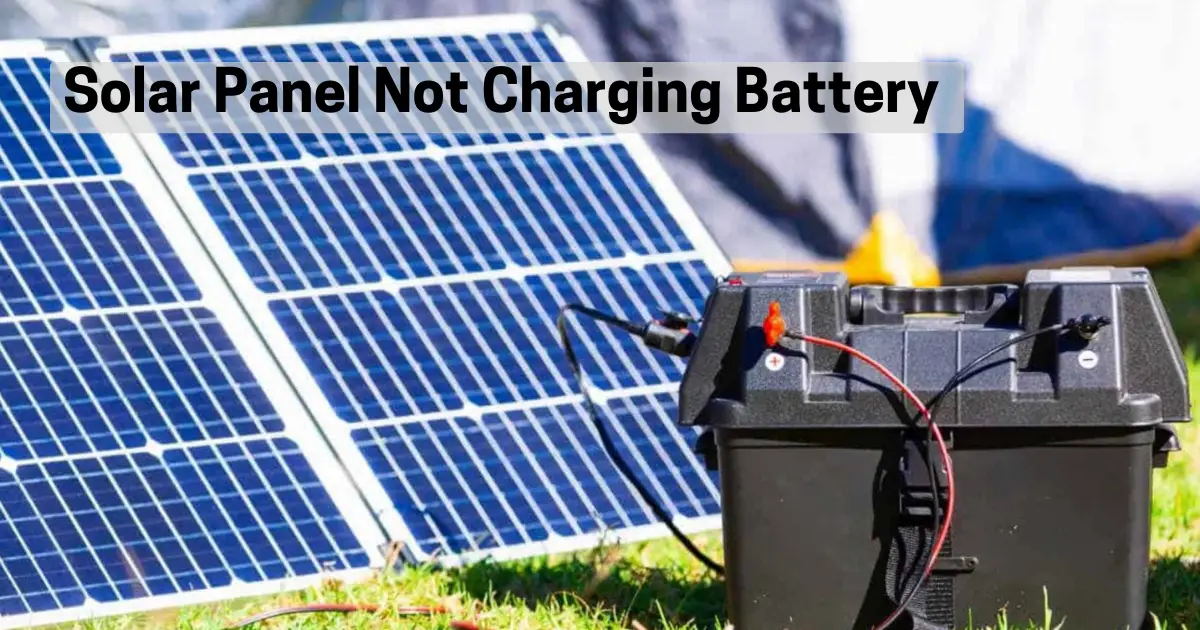
My switch is not functioning. The lights flicker/short out and the switch is rusty. Can I bipass the switch? If so how?
It’s not recommended to bypass the switch in a solar light that is flickering, shorting out, or rusty. Instead, try cleaning the switch and checking the wiring connections. If the problem persists, consider replacing the switch or seeking professional assistance. Bypassing the switch can compromise safety and may void warranties.